Art Wolfe’s latest book, “Wild Lives: The World’s Most Extraordinary Wildlife,” is a celebration of the beauty and in many cases the revival of Earth’s endangered species, some of which have come back from the edge of extinction. Wolfe’s aim is to give viewers rays of hope in these troubled times.
“People, if they are inundated with negative news, get so frustrated they turn off their news sources and get overwhelmed,” he says. “Collectively across the country we are experiencing a heightened anxiety. But there are good stories out there. I wanted to offer some nuggets because you motivate and increase awareness through a positive rather than slamming people with negative things. I would love it if a news program, after they’ve shown the bloody wars … show what some NGOs [nongovernmental organizations] are doing to solve this issue or that issue. There are a lot of people working on behalf of humans and the planet, but we tend not to hear those stories. So, I wanted to track down and present stories that were positive and give hope. Wildlife does that.”
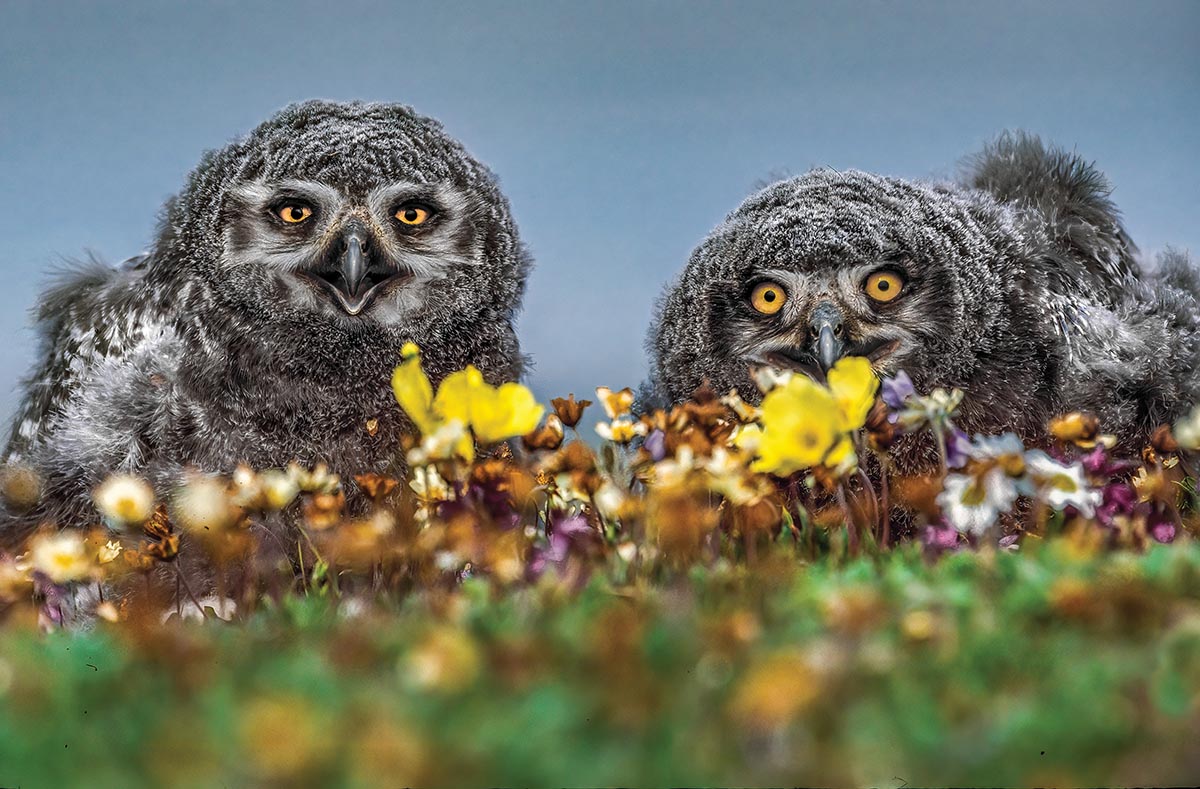
ECONOMIC IMPACTS
Wolfe shares his passion for photography, art, wildlife, and human cultures through countless magazine features, workshops, television shows, lectures, and more than five dozen books. “I try to inspire, uplift, and educate people. That’s what motivates me to go out and spend an inordinate amount of time on the road capturing these images,” he explains.
“During my lectures I talk about how there are more whales in the ocean than there has been in over 50 years. The population of king penguins that live off South Georgia are exploding because of climate change because in the warmer water there are more krill that feed the whole ecosystem from penguins to seals to whales. There are more mountain lions in North America than there has been in 200 years. They are becoming so used to people in their environment they’re getting less stressed. They just sit down and let people go by. So, they’re breeding better. Bald eagles are flourishing. I never saw bald eagles when I was a kid growing up in Seattle; now they’re nesting in every park. The offspring of those eagles are much more accustomed to humans so they’re going to breed more regularly in the presence of humans.”
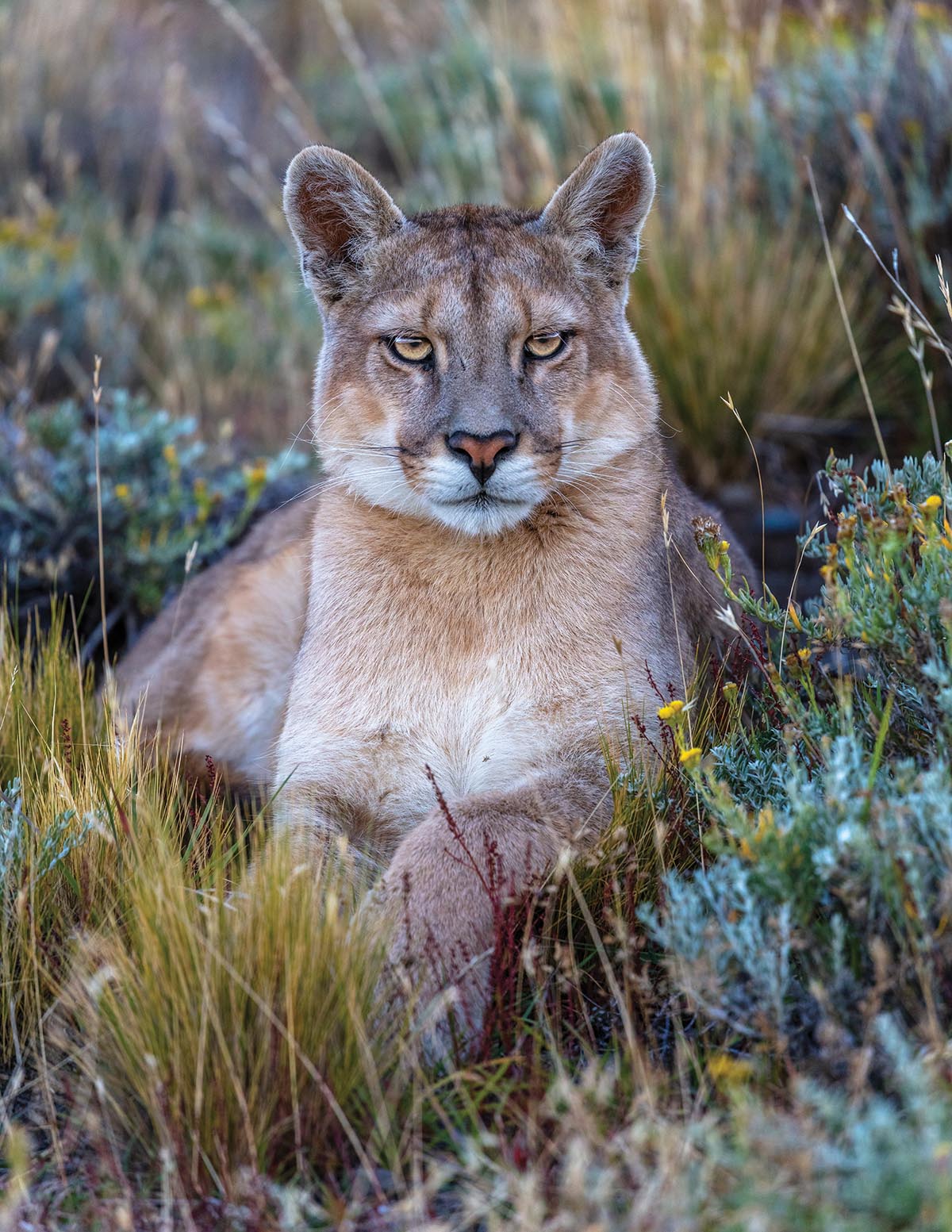
Wolfe points out that climate change isn’t the only culprit in endangering some species. “Humans are cutting down the forests in Borneo and Sumatra and putting in palm oil plantations,” he says. “It’s leading to the destruction of orangutans and other primates in those forests.” Creating opportunities for relationships between wildlife and humans to be mutually beneficial and yield positive results is something that could be applied more expeditiously to those Indonesian and Malaysian enclaves, he proposes.
The Seattle-based photographer cites an example in Africa where a win-win situation was created from a once one-way transaction. “When I first went to Tanzania in 1980, I climbed Kilimanjaro then went out into the Serengeti with three friends. I remember going through Arusha, and there were some Maasai women walking on the street and I tried to photograph them. They chased us and threw rocks,” he explains. “Today, the Maasai are expedition drivers, and they have cameras in their laps and are shooting great shots along with their clients. If you bring in the economy to the Maasai, it’s less likely their young men are going to kill a lion as a rite of passage. Now there is much more benefit in keeping those lions alive … . That model has become much more broad-based. Environmental groups learn what works and what doesn’t work. Bringing in the local communities is a major component of keeping an animal alive. In other words, figuring out how to incorporate the livelihood of villagers around these preserves has led to less destruction and more animals.”
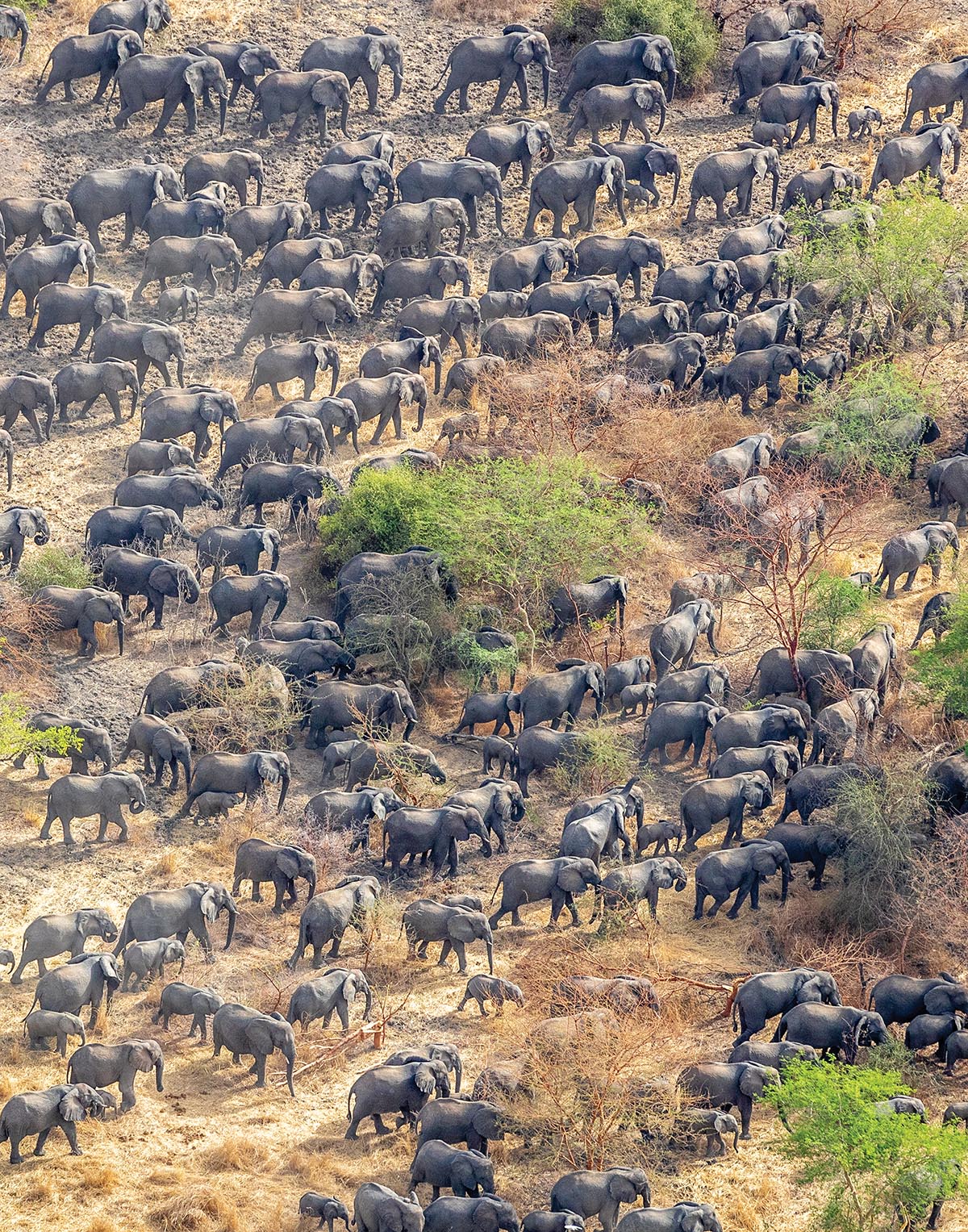
Wolfe witnessed another transformation in his pursuit of snow leopards, an animal he considers among the most difficult to document. Adding to the challenges of high elevation, freezing temperatures, and the difficult terrain of the cats’ Himalayan environment is the way the animals can move. “If you look at a snow leopard’s head, it’s got a sloping back forehead. So, it can watch you from behind a rock and there is no way you would ever know it’s there. This gives the snow leopard the ability to stalk animals in an environment where there are no trees,” he explains. “They have to be reliant on their sheer camouflage and their stealth. I went there 10 years ago and photographed a mother with her cubs, but they were so far away and so miniscule in my lens.” He returned to Ladakh, India, in April 2023, seeing multiple snow leopards every day with the help of local spotters he’d hired. “This is another great conservation story,” he says. Where the local farmers and ranchers often used to kill snow leopards that had killed one of their goats or sheep, they’re now being paid as spotters for photography tours.
Tigers are also doing well in India because of their positive impact on the economy. As a result, Wolfe is now able to capture the beauty of the country’s national animal from a technical point of view, he says. “We’re working in little Jeeps call Gypsys in tiger reserves. I’m handholding my Canon with a 100-500mm lens. There’s no place for a tripod or monopod nor is there a need. You’re more likely to miss a shot if you use them in that situation.”
Wolfe used the same camera set up for the “Wild Lives” cover image of a charging bear taken on the outskirts of Alaska’s Katmai National Park and Preserve (below). It’s one of the most powerful images of wildlife ever recorded, and it’s one Wolfe feels was only possible to capture with modern technology. “I would not have been able to get this shot 10 years ago. The high ISO, low digital noise sensor of the Canon EOS-1D X Mark II gave me the opportunity to use a faster shutter speed, in this case 1/5,000th of a second, and my subject tracking kept my 100-400mm in sharp focus as she ran toward me as I was zooming out. I first photographed this bear as a spring cub, and for four years I was around her for at least two weeks a year, so I knew her very well. All these bears have different fishing techniques, but this one runs from afar in a straight line and pounces at the last minute. So, I knew where to position myself and then lay as flat as I could. Initially, there was quite a bit of distance between the bear and me. By the time she pounced on a salmon, she was probably 20 feet away. In every one of my photos, I try to convey to the viewer the same feeling I felt the moment I took the picture. Eye contact is paramount.”
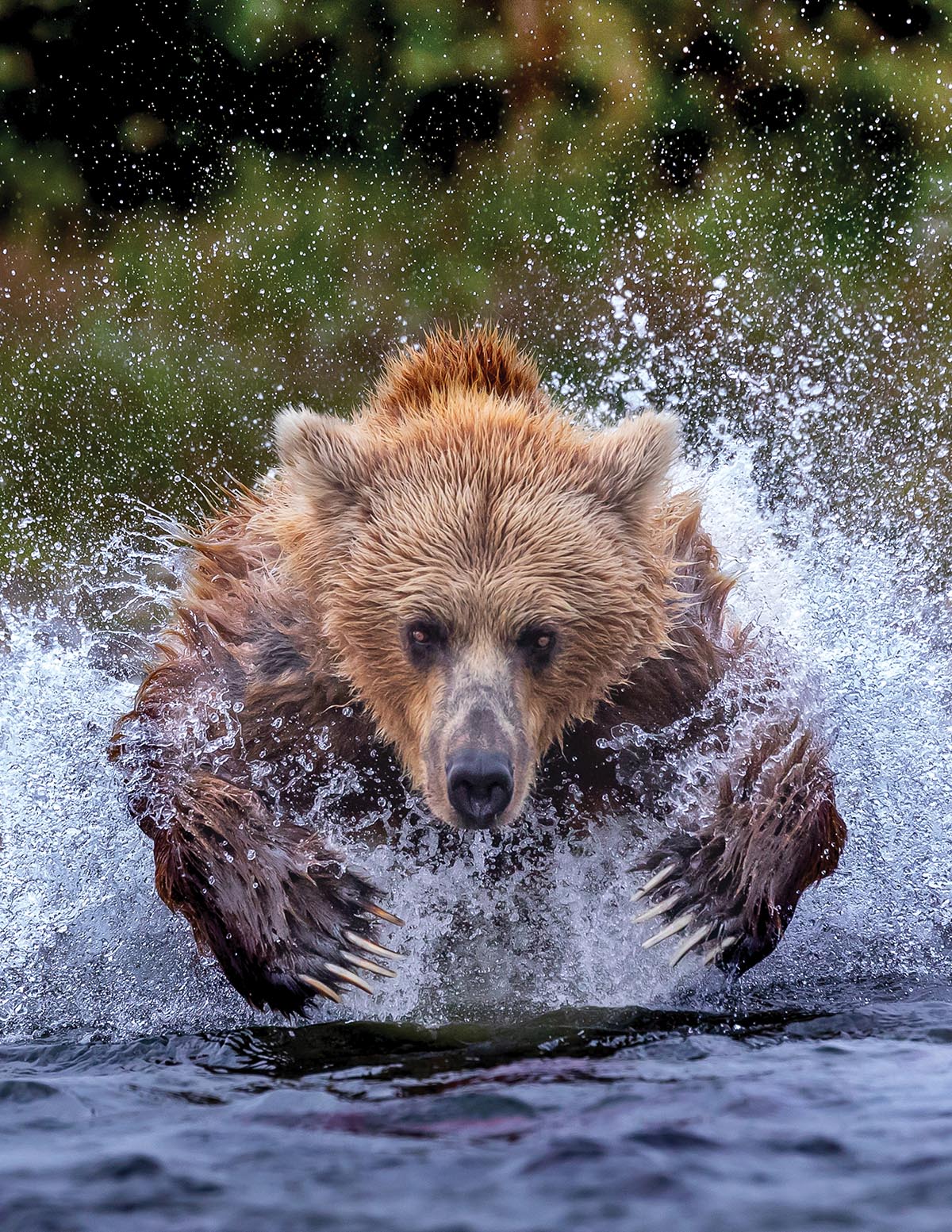
REJECTING REDUNDANCY
The path that led Wolfe to that riverbank began in Seattle in 1951 with his birth to Richard and Ellinor Wolfe. Richard was a photographer and a printer, Ellinor a painter. Growing up in that creative environment and refining his technical skills at the University of Washington, where he earned a bachelor’s degree in fine arts and art education, would later show itself in Wolfe’s beautifully composed photography and his own artwork created with a brush. His book, “Human Canvas,” in particular, shows off his painting ability, which he then documented with creative studio lighting and a Leica camera. “I never want to get pigeonholed. ‘Human Canvas’ is a perfect example. It shocked a lot of people. Even with my wildlife books, I often photograph the same animal but in very distinct different ways. ‘The Living Wild’ was a wide-angle perspective of small animals. ‘Vanishing Act’ was camouflage in nature. ‘Rhythms from the Wild’ was long exposure impressionist shots. ‘Migrations’ was patterns in nature inspired by the work of M.C. Escher. ‘Wild Lives’ is a natural history book. Here are six different examples of books with six different points of view. I don’t want to be redundant.”
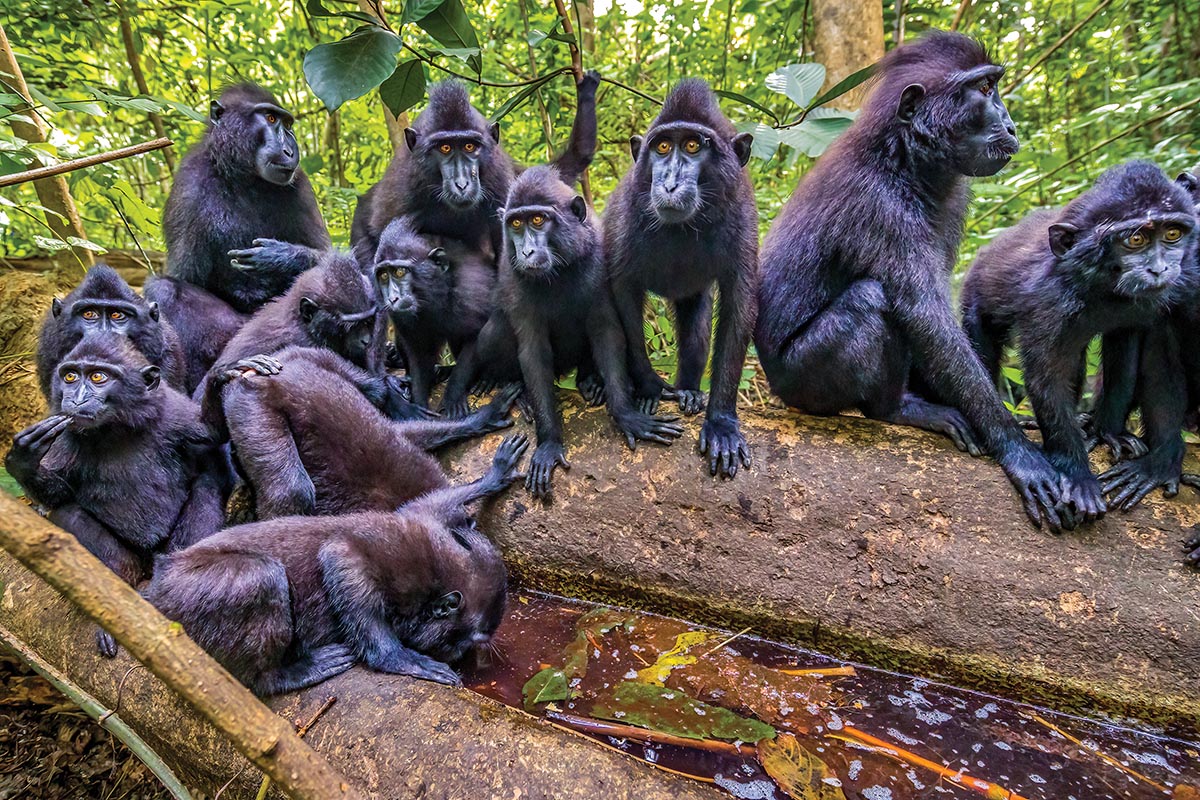
Over his 50-year career, Wolfe has photographed more than 500 species in 60 countries. He’s also taken deep dives into human cultures around the globe. He’s philosophical about a reality that all creatures face. “Aging is a series of adjustments. The people that have longevity are not allowing themselves to fall into the trap Oh, the better part of my life is over. You just have to pursue your passion and keep your spirits high. I think health comes along with that. I’m treating a bursitis; that's just normal stuff. I’m more concerned about people’s psychology.” There’s no doubt that Wolfe’s body of work is great medicine.
Mark Edward Harris is an award-winning photographer and writer based in Los Angeles.

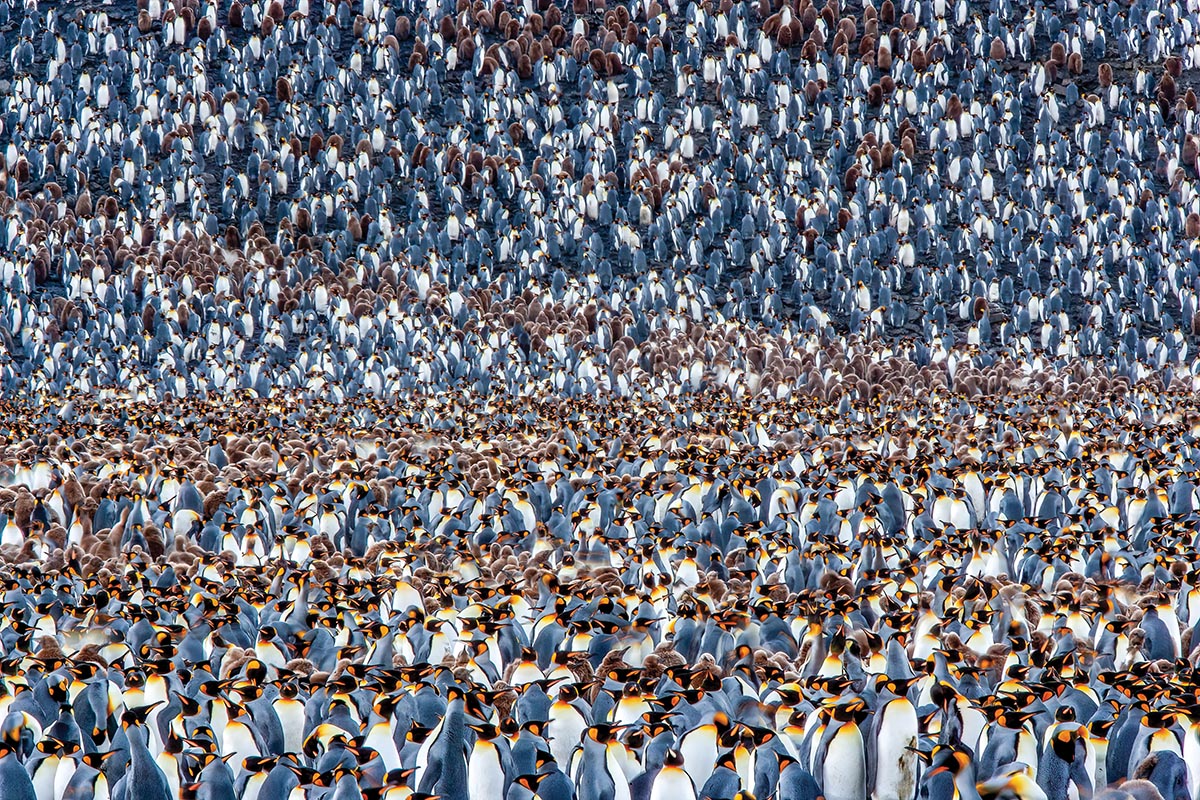
 View Gallery
View Gallery